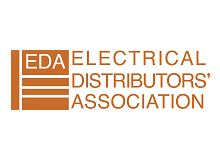The TIS 870 features the very latest technology in fuse/breaker location. The advanced microprocessor locates the fuse / breaker with pin-point accuracy by using the very latest second pass technology. Simply plug the transmitter into the circuit to test then pass the receiver over the fuses / breakers. You will hear several tones on various breakers, etc. Then pass over them for a second time when only one of the fuse / breakers will cause the tis 870 to light up ,indicating by tone which is protecting the circuit under test. The TIS 870 also features a non contact voltage tester and the transmitter also acts as a socket tester with “buzzer“.
EX. VAT: £54.12
Special Functions
• Quickly, Easily and Accurately Identifies the Fuse/Breaker Built-in Non Contact Voltage Test
• Fully Automatic Operation
• Very Latest 2nd Pass Technology
• Rugged Design
• Two Part Kit: Transmitter and Receiver Lifetime Warranty
• Verifies presence of AC Voltage
• Can Locate Breaks in Cables
• Buzzer and LED Indication
GENERAL CHARACTERISTICS
Power 1 x 9V MN1604 Battery
Weight 95g
Size 175mm x 45mm x 30mm
2% discount for products from cables, solar panels & EV




020 8578 8445
